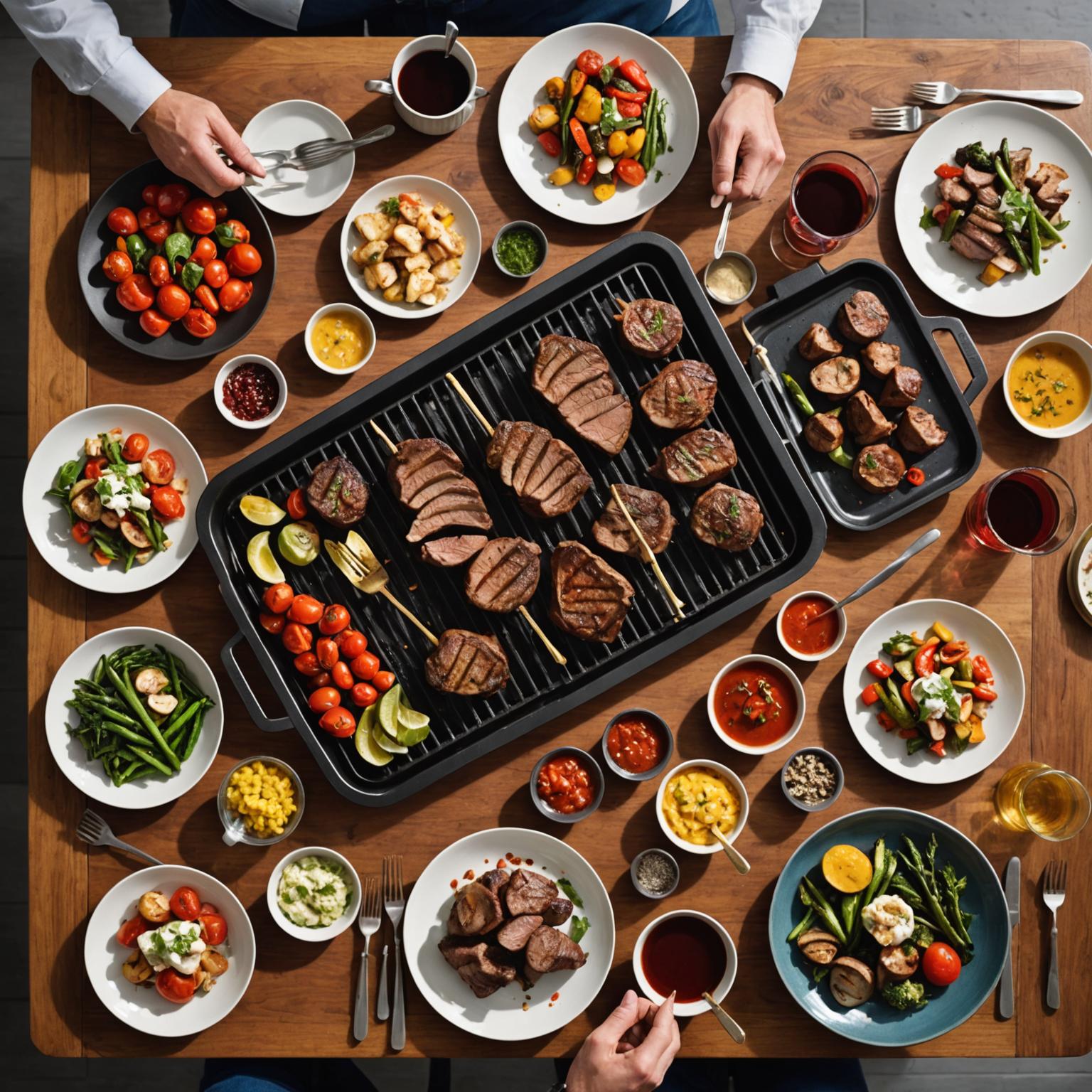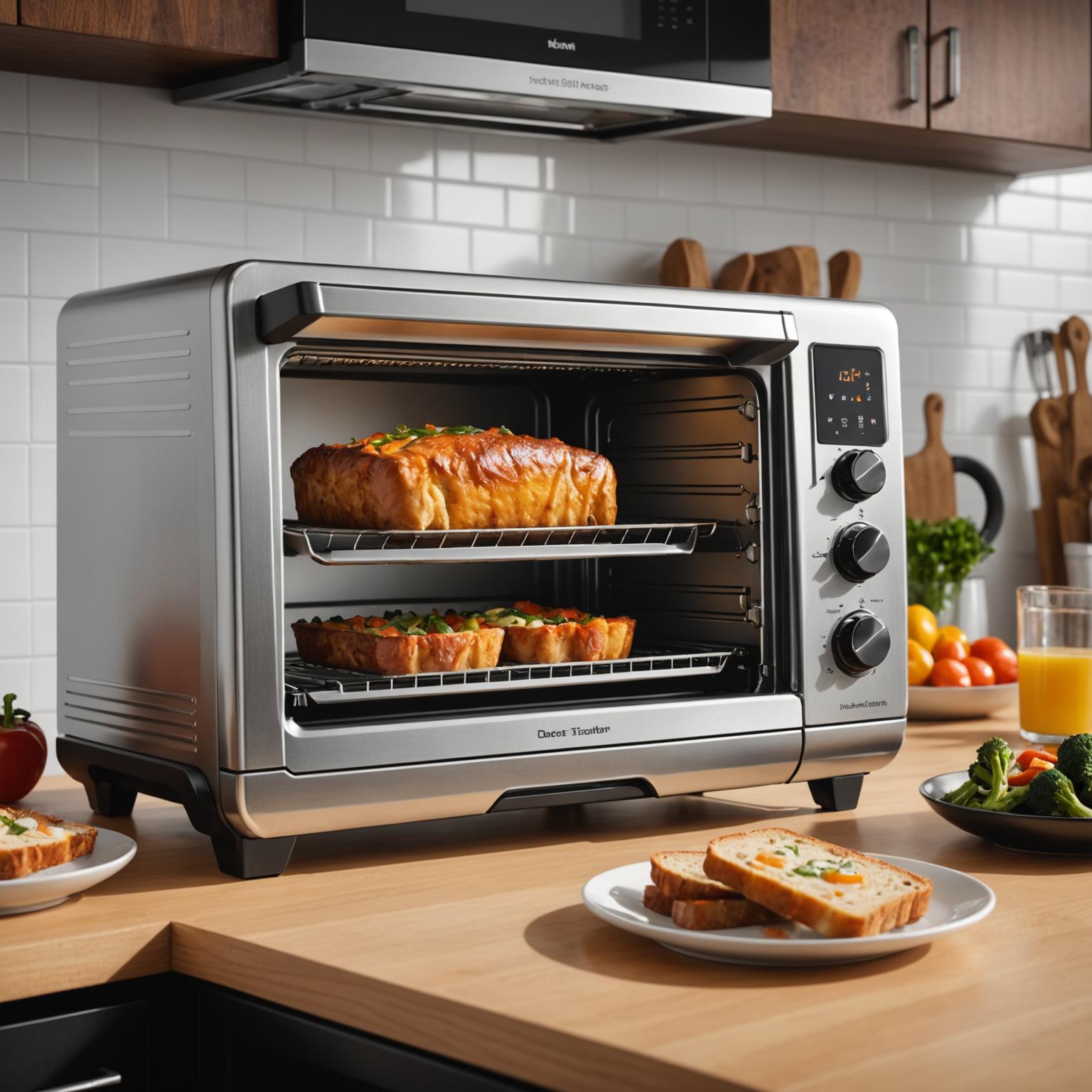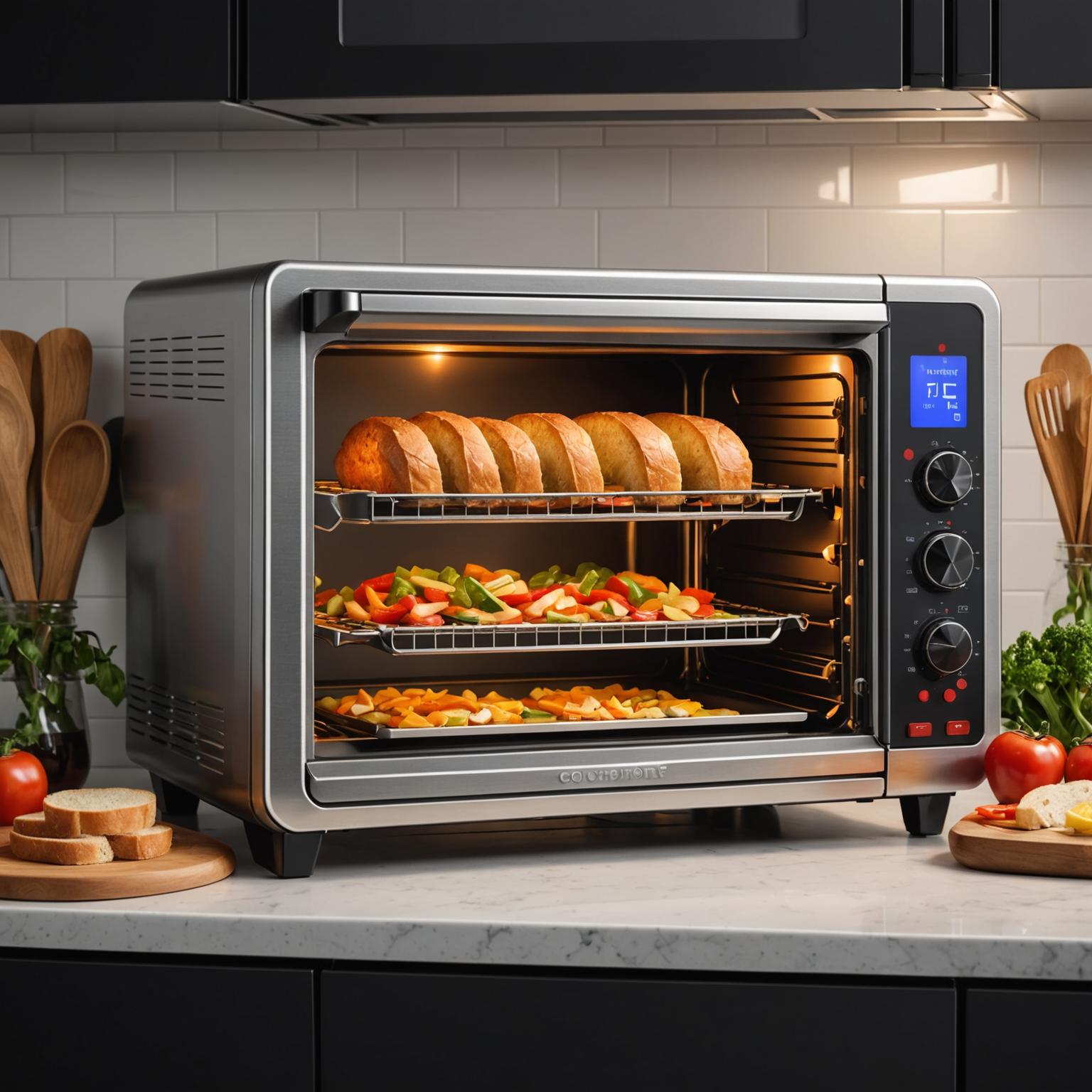Understanding Your Oven/Grill Tubular Heater Element
The heart of any high-performance oven or grill is its heating source, and for many modern appliances, this is the humble yet powerful Oven/Grill Tubular Heater Element. Whether you're baking, broiling, or grilling, this component is responsible for generating the consistent, reliable heat needed for perfect culinary results. A faulty or inefficient oven grill heating element can lead to unevenly cooked food, longer cooking times, and frustration in the kitchen. Understanding how this critical part functions, how to choose the right one, and how to maintain it is the first step towards mastering your appliance and elevating your cooking, ensuring every meal is a success. This guide will walk you through everything you need to know about these essential components.
The Science Behind the Heat: How it Works
At its core, a tubular heater is a marvel of simple physics. It operates as a tubular resistance heater, where an electrical current passes through a resistive wire, typically made of a nickel-chromium (nichrome) alloy. This wire is coiled and encased within a protective metal sheath, often made of stainless steel or an Incoloy alloy for high-temperature resistance and corrosion protection. The space between the resistive wire and the sheath is filled with a compacted insulating powder, like magnesium oxide (MgO), which is an excellent electrical insulator but a great thermal conductor. When you turn on your oven or grill, electricity flows through the nichrome wire, which heats up due to its resistance. This heat is then efficiently transferred through the MgO powder to the outer metal sheath, which in turn radiates heat into the oven or grill cavity. The process is regulated by a thermostat, providing precise thermostatic control for heaters, which cycles the power on and off to maintain the desired cooking temperature.
Selecting the Perfect Replacement Element
When it's time to replace a heating element, choosing the correct one is crucial for both safety and performance. Not all elements are created equal. You must consider the specific make and model of your appliance. Key factors include wattage, voltage, shape, and mounting configuration. A higher wattage element will produce more heat, but installing one that's not rated for your appliance can cause damage or be a fire hazard. Similarly, the shape—be it a straight rod, U-shaped, or a complex custom bend—must match the original to ensure even heat distribution. For commercial kitchens, specialized food service heating elements are designed for heavy-duty, continuous use, while a standard kitchen appliance heater is suited for typical home cooking. Always check the manufacturer's specifications or consult the appliance manual to find the exact part number or specifications required for your specific grill tubular heater.
A Practical Guide to Installation and Maintenance
Replacing an oven or grill element is a manageable DIY task for most homeowners, provided you take the proper safety precautions. First and foremost, always unplug the appliance from its power source before beginning any work. Next, locate the old element, which is usually held in place by a few screws or clips at the back or bottom of the oven cavity. Carefully remove these fasteners and gently pull the element forward to expose the wire connections. Disconnect the wires, making a note of their placement. Connect the new element to the wires, ensuring a secure connection, and then slide it back into place, securing it with the screws or clips. Once installed, plug the appliance back in and test it to ensure it heats up correctly. For maintenance, regularly clean the element to prevent food debris and grease from building up. This buildup can cause hot spots, reduce efficiency, and shorten the lifespan of your oven grill heating element. A simple wipe-down with a damp cloth (when the oven is cool and unplugged) can make a significant difference.
Conclusion: Maximizing Your Appliance's Performance
The Oven/Grill Tubular Heater Element is a fundamental component that dictates the performance of your cooking appliances. By understanding how it works as a tubular resistance heater, knowing how to select the right replacement, and performing basic installation and maintenance, you can ensure your oven and grill operate at peak efficiency. This not only guarantees delicious, evenly cooked meals but also extends the life of your valuable kitchen equipment. Taking a little time to care for this vital part will pay dividends in culinary satisfaction for years to come.





